地域にある資源を最大限活用し、持続可能な風景をつくる
1. はじめに
現代の地方経済は、人口減少、産業の衰退、耕作放棄地の増加など、さまざまな課題に直面しています。その中で、水上篤氏は「地域にある資源を最大限活用し、持続可能な風景をつくる」という理念を掲げ、農業、飲食業、教育、ものづくりを通じた実証実験を行っています。
本資料では、水上氏の取り組みを具体的に紹介し、地域経済をどのように循環させ、持続可能なモデルを構築しているのかを探ります。
2. 水上篤氏のビジョン
水上氏の考える持続可能な地域経済モデルは、次の3つの柱で成り立っています。
(1)地域資源の活用:耕作放棄地の再生、古い機械や建物の修理・再利用、地元の人材の活用。
(2)経済の循環と新しいビジネスモデル:地産地消の推進、農業と飲食業の連携、次世代の育成。
(3)実証実験としての取り組み:小規模で利益を生むモデルの設計、試行錯誤しながらの展開。
3. 具体的なプロジェクト
(1)hototoの農業スクール:週末農業スクールの開講、都市住民への農業の普及。卒業生750名以上
(2)飲食店「完熟屋」の経営:地元の食文化を守るとともに、新たな価値を生む。
(3)機械・建築の再生プロジェクト:古い機械や建物を修理・再利用。
(4)教育と次世代育成:持続可能なライフスタイルとキャリアの指導。
4. 地域経済を回す仕組み
農業、飲食、機械修理、教育を組み合わせることで、持続可能な地域経済を実現。
地元の資源を活用し、外部資本に依存しない経済モデルを構築。
| 項目 | 具体的な取り組み | 効果 |
|---|---|---|
| 農業 | 耕作放棄地の活用・新規就農支援 | 地域の土地活用を促進 |
| 飲食業 | 地元食材を使ったレストラン経営 | 地産地消・雇用創出 |
| 機械修理 | 古い機械を修理して再利用 | コスト削減・環境負荷低減 |
| 教育 | 農業スクール・子供向けワークショップ | 地域住民の学びと交流 |
5. 彼の活動から学べること
地域資源の活用が持続可能な経済の鍵となる。
農業×飲食×ものづくり×教育の連携が、新たな価値を生む。
実証実験を通じて、地域ごとに最適なモデルを探る。
6. 彼の特徴
(1)国際的な建築経験を持ち、海外でも活躍した多様なキャリアを有する。
(2)テクノロジーや機械設計に精通し、設計から構築までを一貫して行う能力を持つ。
(3)アートや古美術に深い造詣があり、文化的活動にも積極的に関与している。
(4)次世代の教育に対する強い関心を持ち、得た利益を教育へと再投資することで持続的な社会貢献を実践している。
7. まとめ
水上篤氏は、農業・飲食・機械・教育を通じて「地域にある資源を最大限活用し、持続可能な経済をつくる」実証実験を行う実践者である。
このアプローチは、他の地域にも応用可能であり、地方創生の指針となる。
ーーーーーーーーーーーーーーーーーーーーーーーーーーーーーーーーーーーーーーー
水上 篤(みずかみ・あつし)
1978年、山梨県山梨市生まれ。大学卒業後、C+A(Coelacanth and Associates)にて建築設計を学び、26歳で渡米。ニューヨークの著名な建築設計事務所 Rafael Viñoly Architects に勤務し、国際的な建築設計の経験を積む。2007年に独立し、自身の会社を設立。
帰国後、農業生産法人株式会社hototoを創設し、週末農業スクール、飲食店「完熟屋」、造形教室「きりんぐみ」などを展開。2021年には山梨県立大学特任教授に就任し、持続可能な社会の構築に向けた研究と実践を続けている。
日本テレビ、NHK、テレビ朝日などのメディアへの出演、全国各地での講演活動を行いながら、「農FIRE」などの新しい農業経済モデルの普及に努めている。
詳細は公式サイト http://hototo.jp/ にて確認可能。
メディアの方が弊社のことをまとめてくれた資料です。
弊社がなにをやっているか?理解しやすいかと思います。
1. Introduction
The modern rural economy faces various challenges, including population decline, industrial stagnation, and an increase in abandoned farmland. In response, Atsushi Mizukami advocates for the philosophy of “maximizing local resources to build a sustainable economy” and conducts empirical experiments in agriculture, the food industry, education, and manufacturing.
This document analyzes Mizukami’s initiatives and explores strategies to promote regional economic circulation and establish sustainable models.
2. Vision of Atsushi Mizukami
Mizukami’s sustainable regional economic model consists of the following three key elements:
(1) Maximizing Local Resource Utilization
Restoring abandoned farmland into productive agricultural land and promoting the production of regional specialty goods.
Repairing and repurposing old machinery and buildings to create new value.
Utilizing local human resources to foster new industries.
(2) Establishing Economic Circulation and Innovative Business Models
Promoting the principle of local production for local consumption to strengthen intra-regional economic circulation.
Leveraging synergies between agriculture and the food industry to create high-value-added business models.
Supporting the sustainable development of the region by fostering the next generation of leaders through educational activities.
(3) Practical Approaches as Empirical Experiments
Designing and operating models that ensure small-scale but sustainable profitability.
Exploring new regional economic possibilities through continuous trial and error without fear of failure.
Sharing successful case studies and examining their applicability in other regions.
3. Specific Projects
(1) hototo Agricultural School
Operates one of the largest weekend agricultural schools in the Kanto region, promoting the appeal of farming to urban residents.
Over 750 graduates have developed their own agricultural businesses nationwide.
Contributes to increasing the number of agricultural workers and promotes sustainable agricultural environments.
(2) Management of the Restaurant “Kanjukuya”
Utilizes locally grown agricultural products to preserve regional food culture while creating new value.
Establishes a sustainable supply system through close collaboration with local producers.
Acts as a bridge between agriculture and consumers.
(3) Machinery and Architecture Regeneration Project
Repairs and repurposes unused agricultural machinery and buildings to reduce waste.
Explores new possibilities in manufacturing through the application of 3D scanning technology and robotic arms.
Achieves a fusion of traditional craftsmanship and modern technology through collaboration with local artisans.
(4) Education and Next-Generation Development
As a Specially Appointed Professor at Yamanashi Prefectural University, he is committed to promoting sustainable lifestyles and business practices.
Operates the children’s creative workshop “Kiringumi,” providing education that nurtures creativity.
Engages in nationwide lecture activities to raise awareness of the importance of building a sustainable society.
4. Regional Economic Circulation Model
| Category | Specific Initiatives | Effects |
|---|---|---|
| Agriculture | Restoration of abandoned farmland and development of specialty products | Land utilization and job creation |
| Food Industry | Management of a restaurant utilizing local ingredients | Local production for local consumption and producer support |
| Machinery Repair | Repairing and reusing old machinery | Cost reduction and environmental impact reduction |
| Education | Agricultural school and children’s workshops | Learning opportunities and community engagement |
| Architecture & Manufacturing | Wood processing and robotic arm applications | Industrial revitalization and technological innovation |
5. Author Introduction
Atsushi Mizukami
Born in 1978 in Yamanashi City, Yamanashi Prefecture. After graduating from university, he studied architectural design at C+A (Coelacanth and Associates) and moved to the United States at the age of 26. He gained international architectural design experience at Rafael Viñoly Architects, a prestigious firm in New York, before establishing his own company in 2007.
After returning to Japan, he founded the agricultural production corporation hototo and launched various initiatives, including a weekend agricultural school, the restaurant “Kanjukuya,” and the creative workshop “Kiringumi.” In 2021, he was appointed a Specially Appointed Professor at Yamanashi Prefectural University, continuing his research and practical efforts to build a sustainable society.
He has appeared on media outlets such as Nippon Television, NHK, and TV Asahi, and actively gives lectures nationwide while promoting new agricultural economic models like “Nō FIRE.”
For more details, visit the official website: http://hototo.jp/
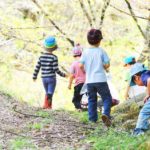
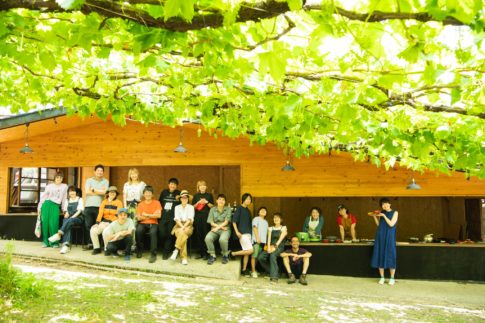
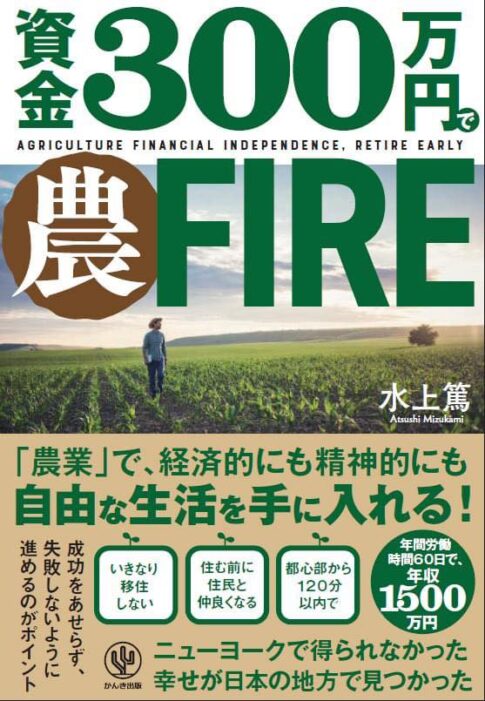
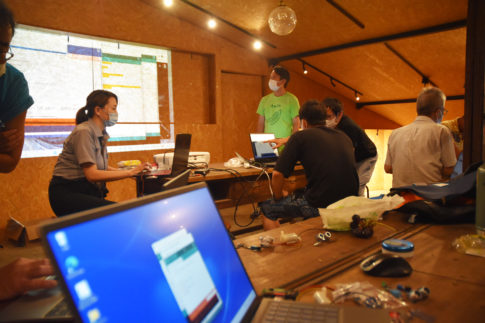

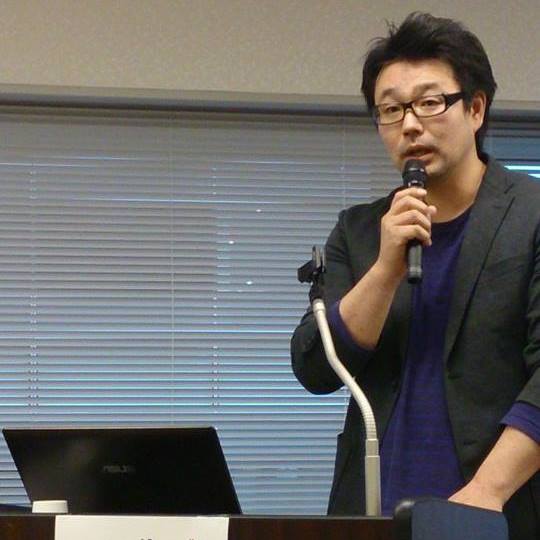
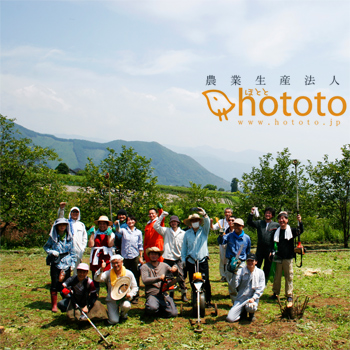

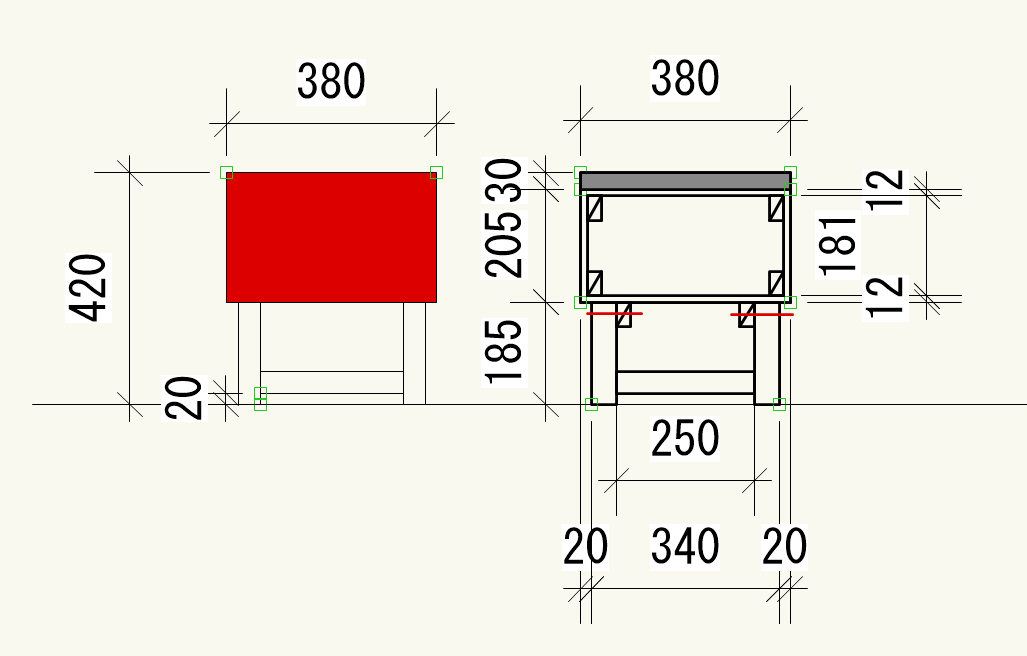

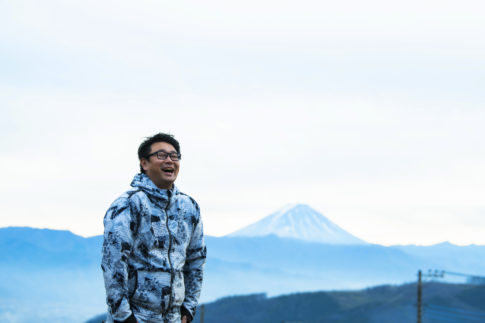

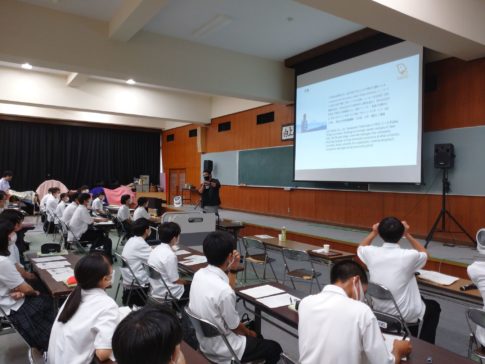
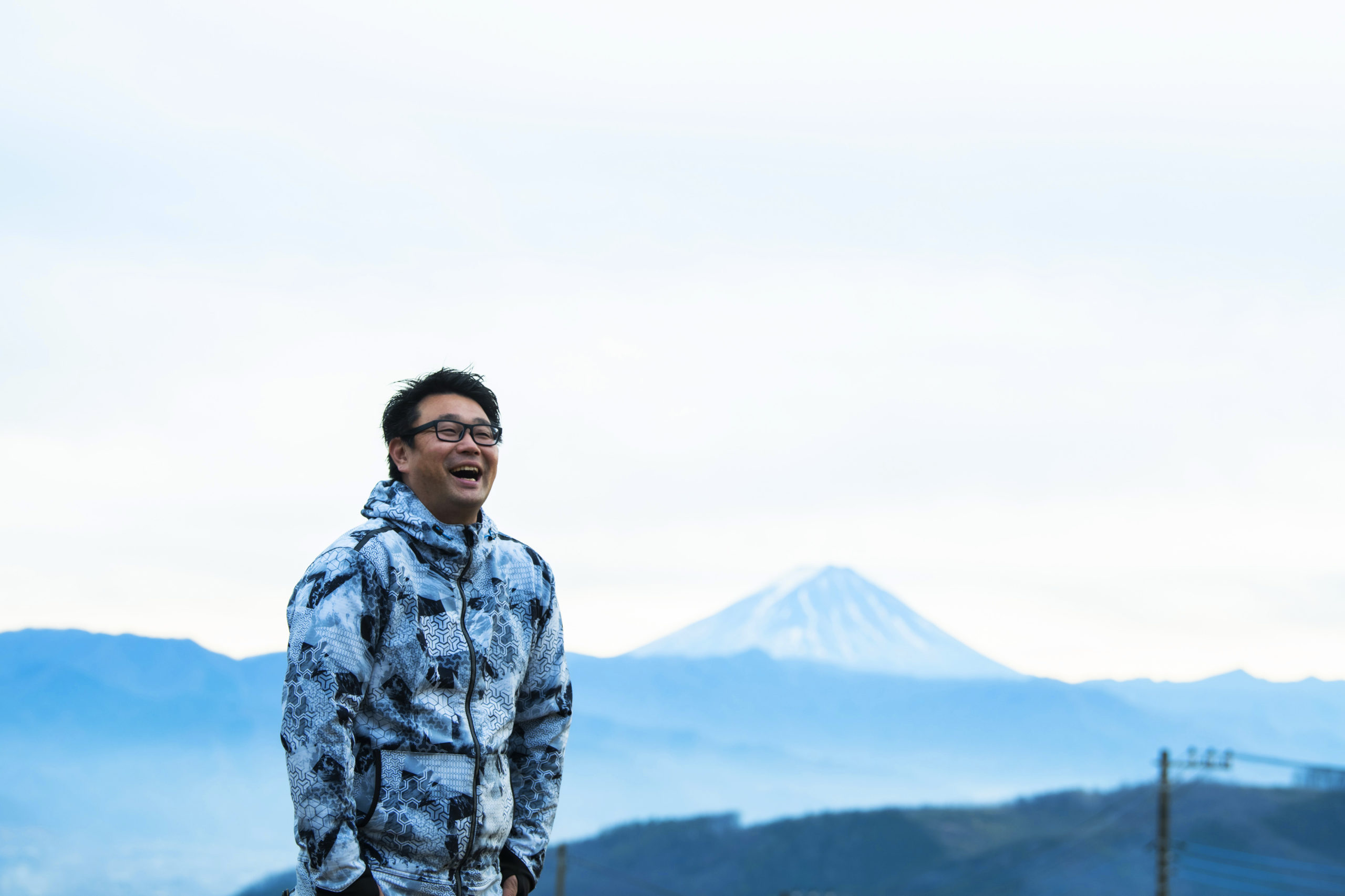
コメントを残す